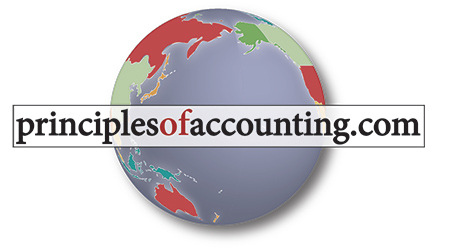Your goals for this “inventory” chapter are to learn about:

- The correct components to include in inventory.
- Inventory costing methods.
- The perpetual system for valuing inventory.
- Lower of cost or net realizable value inventory adjustments.
- Two inventory estimation techniques: the gross profit and retail methods.
- Inventory management and monitoring, and the impact of errors.
Chapter 8 identifies the appropriate items to include in inventory, including the treatment of goods in transit and consigned goods. Further, a company must allocate total cost of goods available for sale (beginning inventory plus purchases) between ending inventory and cost of goods sold. This requires the adoption of a costing technique. Methods include first-in, first-out (FIFO), last-in, first-out (LIFO), and weighted average. These techniques attribute cost to units based on the assumed cost flow pattern, and each is illustrated in the chapter. Inventory costing can be applied on either a periodic or perpetual basis.
In addition to assigning costs to units, it is also necessary to assess whether inventory value is impaired. This requires implementation of lower of cost or net realizable value testing, which is intended to assure that inventory is not reported at more than it will generate from a sale. The chapter continues with an examination of the gross profit technique for preparing inventory estimates, and the retail method that is quite useful if specific conditions are met. The chapter concludes by examining inventory management, the inventory turnover ratio, and the effects of errors.
